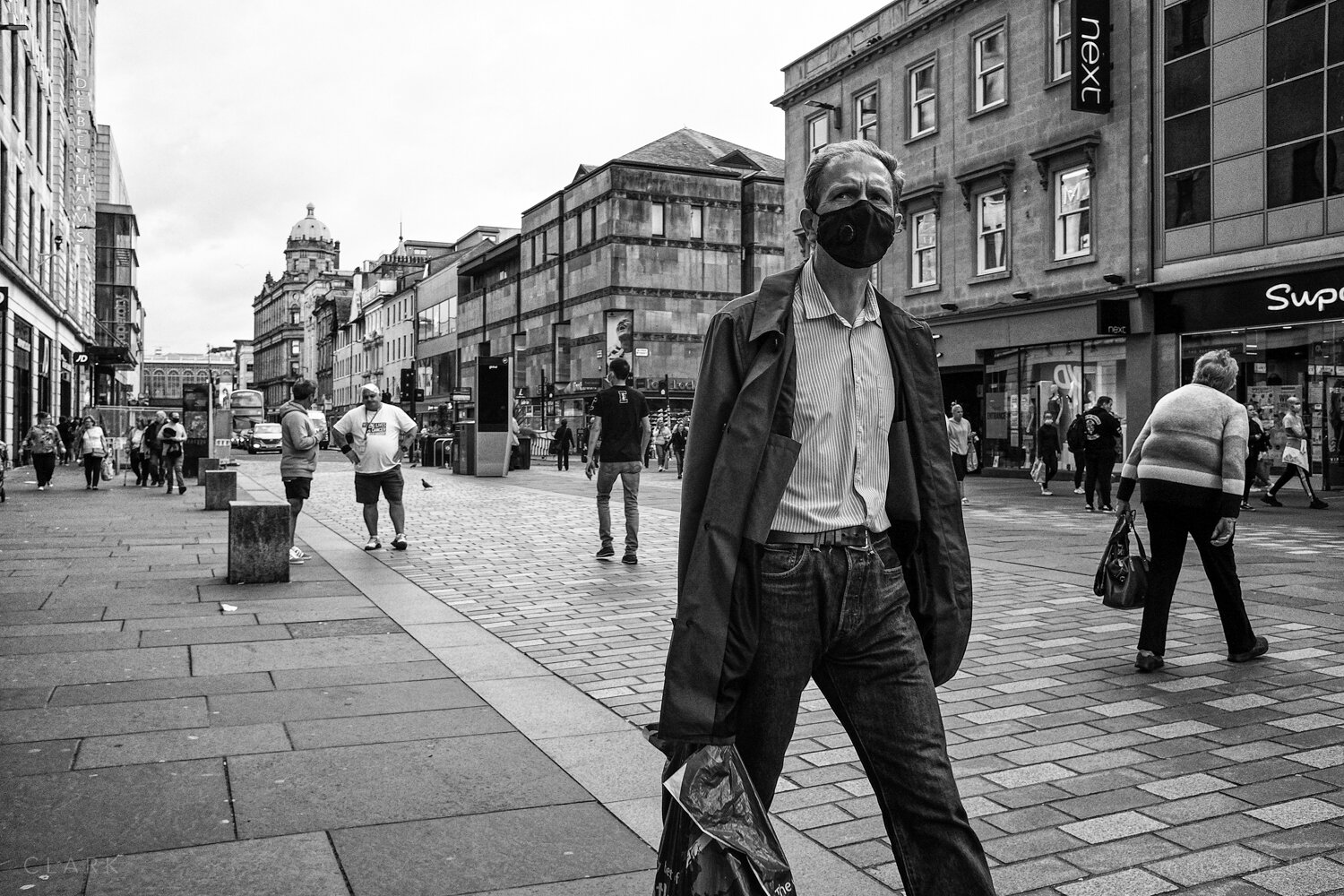Examine This Report about Street Photographers
Examine This Report about Street Photographers
Blog Article
The smart Trick of Street Photographers That Nobody is Talking About
Table of ContentsUnknown Facts About Street PhotographersHow Street Photographers can Save You Time, Stress, and Money.The Of Street PhotographersThe Facts About Street Photographers RevealedThe Definitive Guide to Street Photographers
A genre of digital photography that records everyday life in a public location. The very publicness of the setting makes it possible for the professional photographer to take candid images of unfamiliar people, typically without their expertise. Street professional photographers do not always have a social purpose in mind, however they choose to separate and capture minutes which may otherwise go unnoticed (Street Photographers).He was affected by several of those who affected the street professional photographers of the 1950s and '60s, he was not primarily interested in recording the spirit of the road., that functioned side by side with professional photographers trying to record the essence of city life.
Since of the fairly primitive innovation available to him and the long direct exposure time needed, he struggled to record the hustle and bustle of the Paris streets. He experimented with a series of photo approaches, trying to locate one that would certainly permit him to capture motion without a blur, and he found some success with the calotype, patented in 1841 by William Henry Fox Talbot. While the photographers' topic was essentially the same, the outcomes were significantly various, showing the impact of the digital photographer's intent on the character of the images he created.
Given the fine high quality of his photographs and the breadth of product, architects and musicians usually purchased Atget's prints to make use of as reference for their own job, though industrial interests were barely his major inspiration. Rather, he was driven to picture every last residue of the Paris he liked.
The 6-Minute Rule for Street Photographers
They reveal the city through his eyes. His work and essential understanding of digital photography as an art form acted as motivation to generations of professional photographers that adhered to. The next generation of street professional photographers, though they likely did not describe themselves as such, was introduced by the photojournalism of Hungarian-born professional photographer Andr Kertsz.
Unlike his peers, Brassa utilized a larger-format Voigtlnder video camera with a much longer direct exposure time, requiring him to be more calculated and thoughtful in his practice than he could have been if utilizing a Leica.
Cartier-Bresson was a champ of the Leica camera and one of the first photographers to maximize its capabilities. The Leica allowed the professional photographer to interact with the surroundings and to capture minutes as they occurred. Its fairly little size also helped the digital photographer fade into the background, which was Cartier-Bresson's favored approach.
The Ultimate Guide To Street Photographers
It is due to this basic understanding of the art of image taking that he is frequently credited with finding the medium all over again about a century since its development. He took photographs for greater than a half century and affected generations of photographers to trust their eye and instinct in the moment.
These are the concerns I his explanation will attempt to address: And after that I'll leave you with my very own meaning of road photography. Yes, we do. Let's kick off with defining what an interpretation is: According to (Street Photographers) it is: "The act of defining, or of making something guaranteed, distinctive, or clear"
No, definitely not. The term is both limiting and misguiding. Seems like a road digital photography ought to be pictures of a streets appropriate?! And all street photographers, with the exception of a handful of outright newbies, will totally appreciate that a road is not the crucial part to street photography, and in fact if it's a picture of a road with perhaps a couple of uninteresting people not doing anything of rate of interest, that's not road digital photography that's a photo of a street.
The Of Street Photographers
He makes a legitimate factor don't you think? While I agree with him I'm not sure "candid public digital photography" will catch on (although I do kind of like the term "candid photography") since "street digital photography" has actually been around for a lengthy time, with lots of masters' names connected to it, so I believe the term is here to stay (Street Photographers).
Inside?! I hear you yell as you drink your clenched fist to the sky. Why not? You can contend the beach, at a celebration, in a street, in a park, in a piazza, in a cafe, at a gallery or art gallery, in a city station, at an occasion, on a bridge, under a bridge ...

Everything about Street Photographers

Report this page